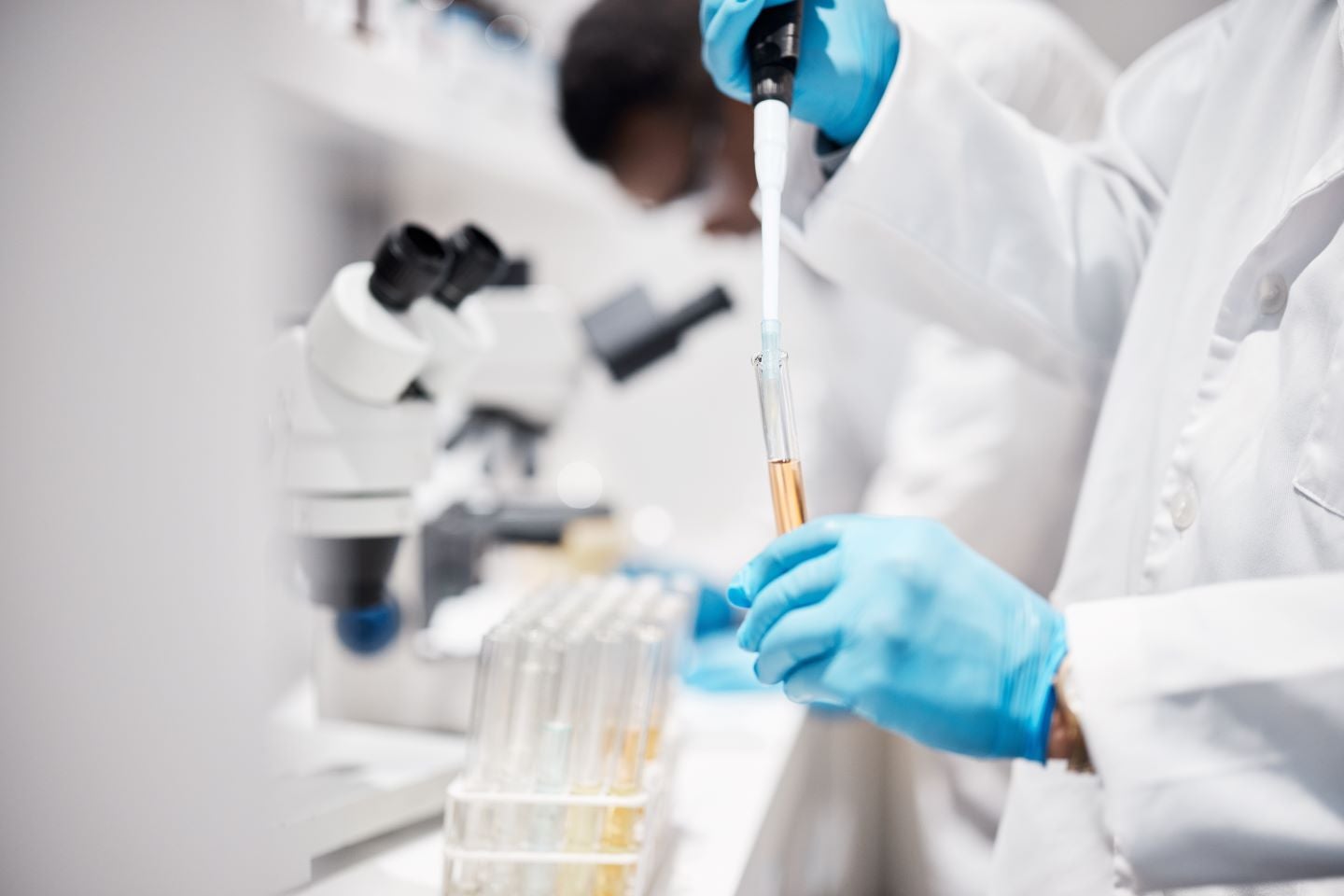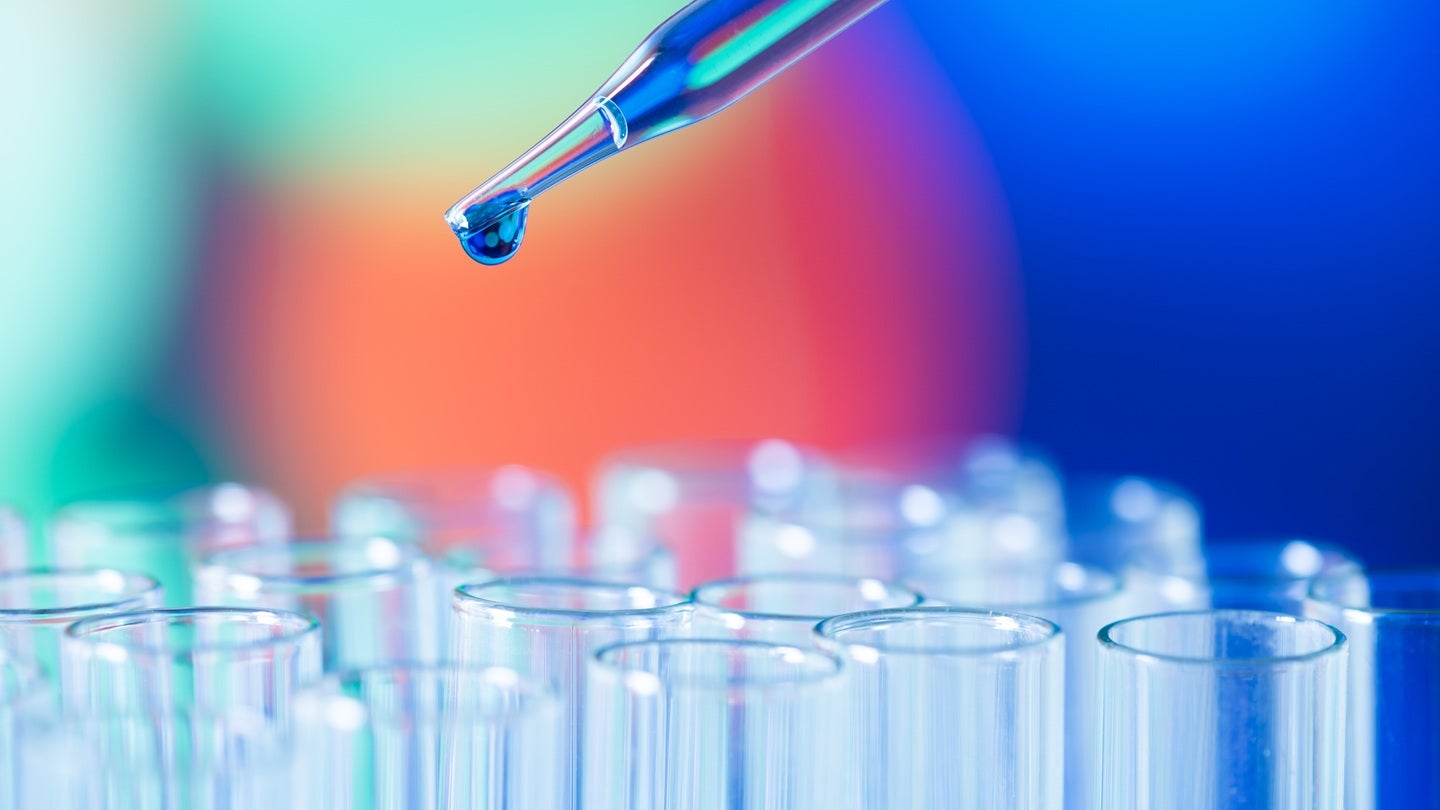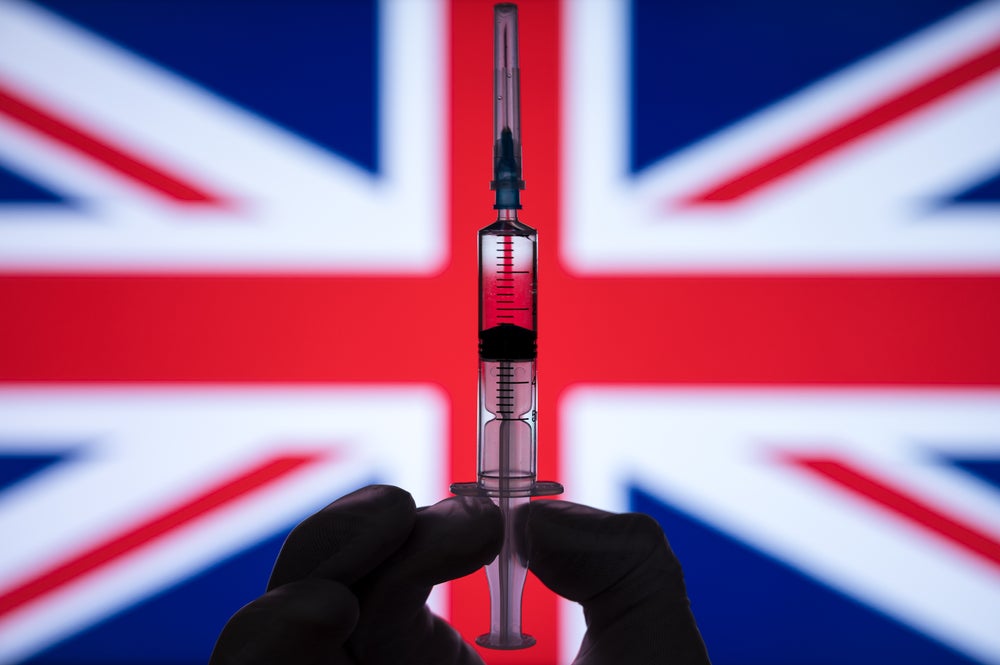Penn Engineers Transform Toxic Fungus into Promising Anti-Cancer Drug
In a groundbreaking development that bridges ancient microbial menaces with cutting-edge cancer therapy, researchers led by the University of Pennsylvania have unveiled a new class of bioactive compounds derived from a notoriously deadly fungus, Aspergillus flavus. Historically infamous as a toxic agent responsible for mysterious illnesses and deaths linked to archaeological excavations, this yellow-spored fungus […]


In a groundbreaking development that bridges ancient microbial menaces with cutting-edge cancer therapy, researchers led by the University of Pennsylvania have unveiled a new class of bioactive compounds derived from a notoriously deadly fungus, Aspergillus flavus. Historically infamous as a toxic agent responsible for mysterious illnesses and deaths linked to archaeological excavations, this yellow-spored fungus has now been transformed into a powerful source of novel anticancer agents. Through a synergy of advanced genetic and metabolic profiling techniques, scientists isolated and modified unique ribosomally synthesized and post-translationally modified peptides (RiPPs) from A. flavus, revealing molecules with potent cytotoxic activities specifically against leukemia cells.
The concept of mining fungi for medicinal compounds is not new—antibiotics like penicillin owe their origins to fungal metabolites—but the curative promise of RiPPs in fungi has remained largely untapped until now. Fungal RiPPs present a unique biosynthetic challenge due to their complex synthesis pathways, distinctly different from the well-studied bacterial counterparts. These peptides are synthesized directly by ribosomes before undergoing intricate post-translational modifications that bestow them with enhanced pharmaceutical properties. The rarity and difficulty in purifying these molecules have historically hampered their integration into drug discovery, yet the meticulous work by this research team breaks new ground by uncovering a previously unknown assembly of RiPPs, termed asperigimycins, characterized by their exceptional heptacyclic benzofuranoindoline frameworks.
A. flavus, apart from its historical notoriety, harbors gene clusters previously elusive to researchers. Employing a combined approach of gene knockout experiments and mass spectrometry-based metabolic profiling, the team deciphered the genetic underpinnings responsible for RiPP biosynthesis in the fungus. This strategy allowed them to conclusively link specific proteins to the production of bioactive asperigimycins, while demonstrating that disabling these genes eradicated the signature chemical markers of these compounds in fungal cultures. Such integration of genetic and metabolomic data not only illuminated fungal RiPP biosynthesis but also set a methodological precedent for identifying novel natural products across other pathogenic or symbiotic fungi.
.adsslot_T5NdFJa2Su{ width:728px !important; height:90px !important; }
@media (max-width:1199px) { .adsslot_T5NdFJa2Su{ width:468px !important; height:60px !important; } }
@media (max-width:767px) { .adsslot_T5NdFJa2Su{ width:320px !important; height:50px !important; } }
ADVERTISEMENT
The purified asperigimycins exhibited remarkable anticancer activity in vitro, focusing primarily on leukemia cell lines. Two of the four distinct asperigimycin variants revealed significant cytotoxic effects without any chemical modification, underscoring their potential as lead compounds in drug development. Intriguingly, one variant modified with a lipid moiety analogous to components found in royal jelly—a nutrient-rich secretion essential for bee larvae development—demonstrated comparable efficacy to cytarabine and daunorubicin, both cornerstone drugs in leukemia treatment. This lipid conjugation not only increased potency but also highlighted a novel avenue to enhance cellular uptake and bioavailability of cyclic peptides, traditionally hindered by their large, complex structures.
Delving deeper into the mechanisms governing cellular entry, the researchers pinpointed a gene named SLC46A3 within leukemia cells that plays a pivotal role in facilitating the transport of asperigimycins from lysosomal compartments into the cytosol. This transporter’s gating function appears critical for the compounds’ therapeutic effects, suggesting that lipid modification may optimize the interaction with SLC46A3, thereby amplifying intracellular concentrations of the bioactive molecules. This insight unveils a new paradigm in drug design where modifying natural product structures to exploit endogenous trafficking pathways could revolutionize the delivery efficiency of cyclic peptide-based drugs.
Further mechanistic investigations revealed that asperigimycins exert their anticancer effects through disruption of microtubule dynamics, an essential process for mitotic cell division. By binding to components involved in microtubule polymerization, these fungal RiPPs selectively inhibit the proliferation of leukemia cells, sparing other cancer types and non-cancerous cells alike. This specificity is a breakthrough in targeted therapy, minimizing off-target effects and toxicity—a significant challenge with existing chemotherapy agents. Such precision medicine, built on natural product scaffolds, promises to enhance patient outcomes while reducing side effects.
Another compelling aspect of this discovery is the fungus’s restriction of asperigimycins’ activity spectrum, which includes no observed antibacterial or antifungal effects. This delineation hints at a sophisticated biological interaction, where these molecules have evolved to target specific eukaryotic cellular pathways, possibly as a defense mechanism in natural environments. Understanding this evolutionary context enriches drug discovery by providing clues on molecular specificity and guiding structural modification strategies to fine-tune pharmacological targets.
The potential ripple effects of this study extend beyond A. flavus. The team identified analogous gene clusters across various fungal species, implying a vast, untapped reservoir of RiPPs with diverse bioactive profiles awaiting exploration. Given the emerging significance of cyclic peptides in pharmaceutical pipelines—nearly two dozen have achieved clinical approval since 2000—this fungal RiPP frontier represents a propitious field for next-generation therapeutics. Exploiting fungal biodiversity could dramatically expand the chemical space accessible for drug design, inspiring multidisciplinary collaborations across synthetic biology, medicinal chemistry, and oncology.
The researchers stress that their next milestones involve in vivo testing of asperigimycins to evaluate pharmacokinetics, bioavailability, and safety profiles within animal models. Success in these stages could pave the path towards human clinical trials and eventual incorporation into cancer treatment regimens. Concurrently, the deeper understanding of transport genes like SLC46A3 opens avenues for companion diagnostics, allowing the identification of patient subsets most likely to benefit from RiPP-based therapies, fostering personalized medicine.
As this research exemplifies the creative potential of revisiting long-dreaded microorganisms, it underscores nature’s enduring capacity to inspire innovative solutions to complex diseases. The transformation of Aspergillus flavus from an agent of historical calamity into a beacon of therapeutic hope highlights how integrative science—melding molecular biology, chemical engineering, and pharmacology—can turn ancient microbial curses into modern cures. In the words of Professor Sherry Gao, “Nature has given us this incredible pharmacy. It’s up to us to uncover its secrets.”
This pioneering work was accomplished through a collaborative effort incorporating institutions including the University of Pennsylvania School of Engineering and Applied Science, Rice University, the University of Pittsburgh, MD Anderson Cancer Center, Washington University School of Medicine, Baylor College of Medicine, and the University of Porto. Supported by a spectrum of federal and private funding bodies, the research advances not only scientific understanding but also intellectual property, with a provisional patent application filed to safeguard the novel chemical entities discovered.
As researchers continue to harness fungal RiPPs’ unexplored diversity, the implications for cancer therapy, and potentially other disease areas, become profound. This breakthrough invites the scientific community to revisit and rethink natural product-based drug discovery, especially in underexplored domains harboring biologically unprecedented molecules. The advent of asperigimycins symbolizes a leap forward, offering hope for more efficient, targeted, and less toxic cancer treatments crafted in the crucible of fungal biochemistry.
Subject of Research: Cells
Article Title: A class of benzofuranoindoline-bearing heptacyclic fungal RiPPs with anticancer activities
News Publication Date: 23-Jun-2025
Web References:
https://www.nature.com/articles/s41589-025-01946-9
References:
Based on the results presented herein, a provisional patent application (RICE.P0154US.P1) has been filed through Rice University.
Image Credits: Bella Ciervo
Keywords
Aspergillus flavus, fungal RiPPs, asperigimycins, cancer therapy, leukemia, cyclic peptides, ribosomally synthesized peptides, post-translational modifications, microtubule inhibition, SLC46A3, natural products, drug discovery
Tags: anticancer drug developmentAspergillus flavusbioactive compounds from fungidrug discovery challenges in pharmacologyfungal metabolites in medicinegenetic profiling techniques in researchleukemia treatment innovationsmedicinal properties of funginovel anticancer agentspost-translational modifications in peptidesribosomally synthesized peptidestransformative cancer therapies
What's Your Reaction?


































